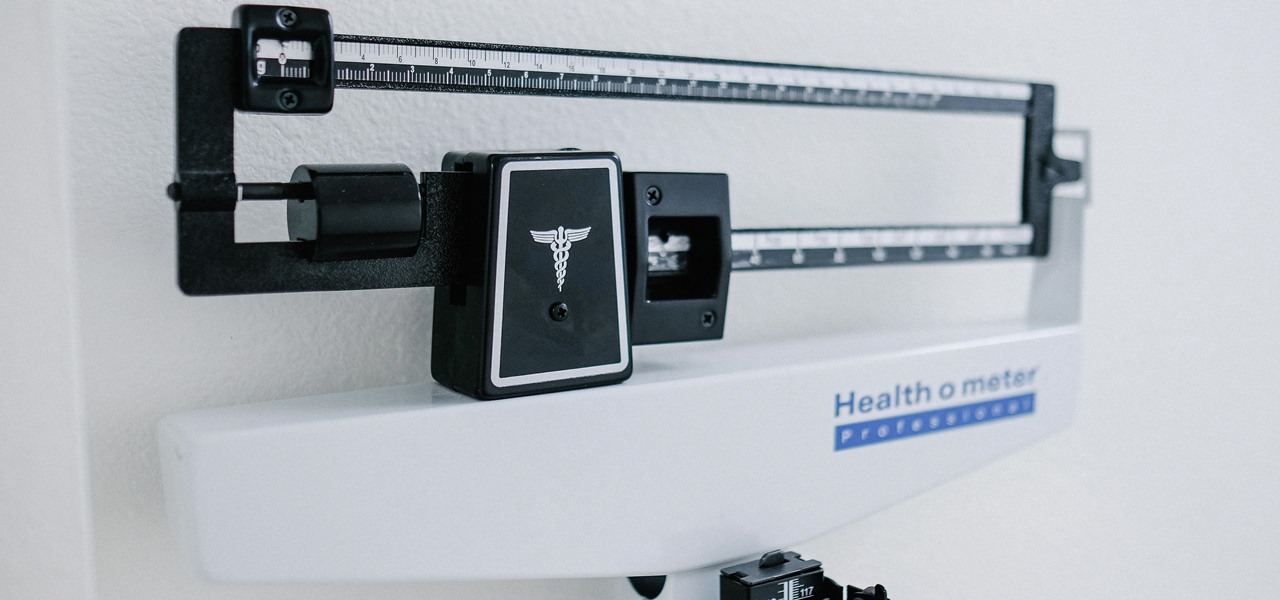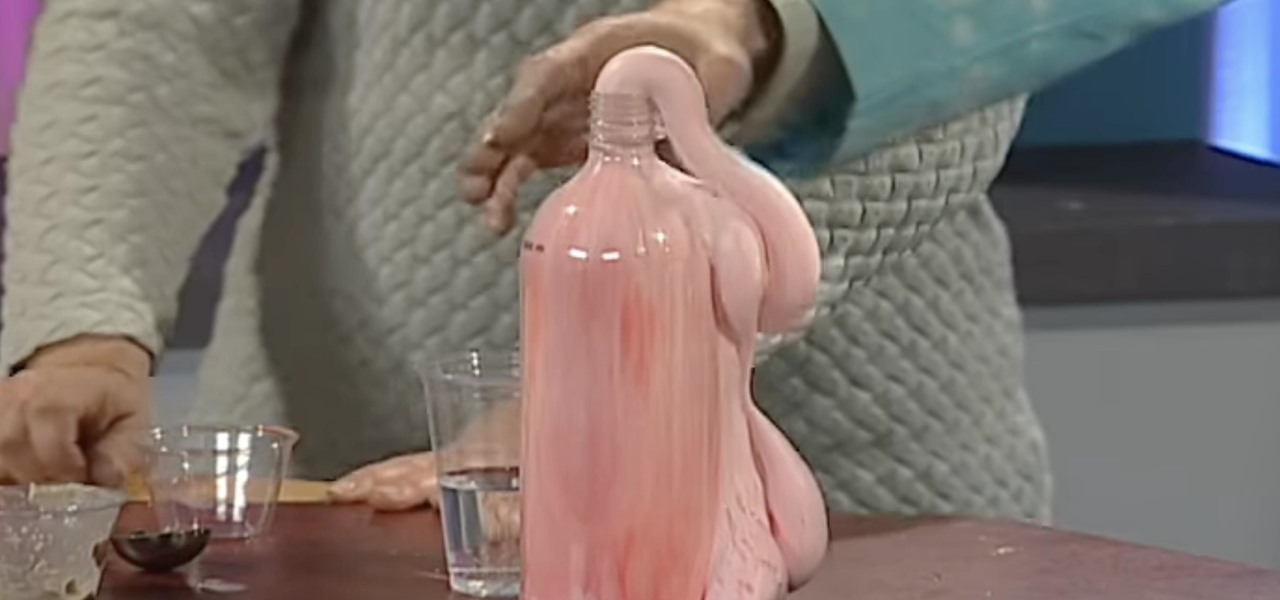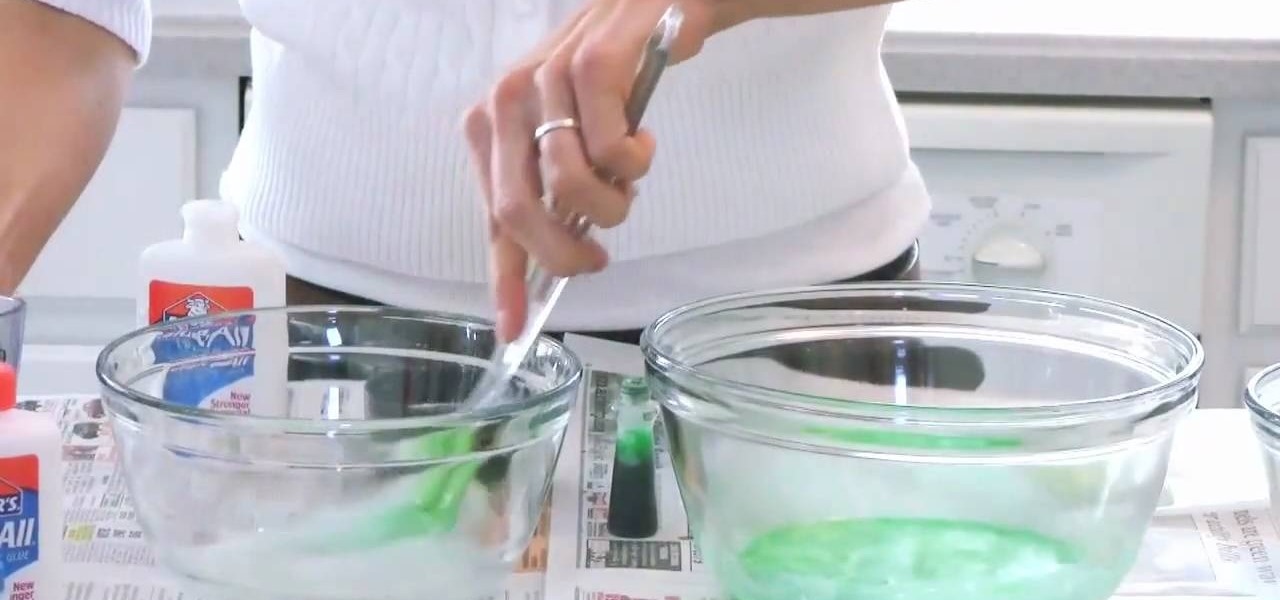Hot Science Experiments Posts

How To: Shutdown a Computer Instantly..
In this clip, you'll learn how to Shutdown a Computer System in a second,just in 3 steps.. Step 1: Create a New Shortcut

How To: Turn a Glass Bottle into an Electric Tornado Machine
We've all seen the classic tornado-in-a-bottle science experiment, which uses 2 two-liter bottles to create a whirlpool effect. This version requires you to get the tornado started yourself by spinning the bottles, but what if you want to make it fully automated?
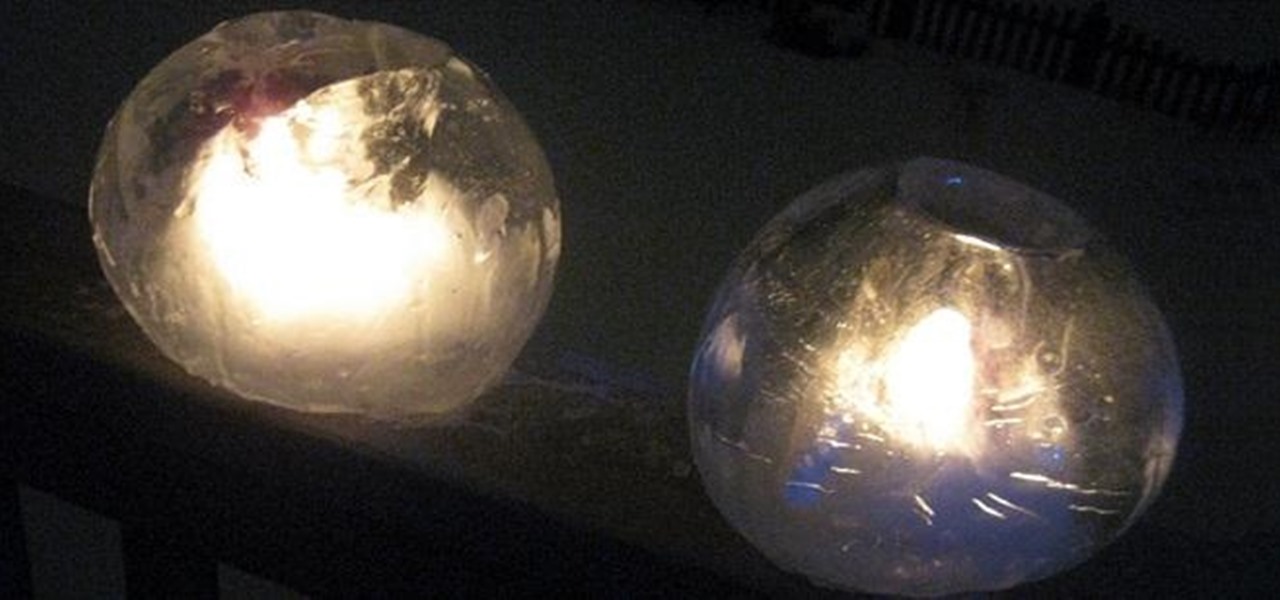
How To: Make a Globe-Shaped Candle Lantern from Ice
If you've ever lived in an area that gets ridiculously cold during the winter, you know that it's not so much like this... But usually a little more like this. So...cold...

How To: Make Glowing Slime
Learn how to make your own slime with ingredients you can find around the house. It can even glow under a blacklight!

How To: Debone a Chicken in 5 Minutes.
Deboning a chicken can be intimidating if you don't know how to start. In this video, I'll show you how to debone a chicken in 5 minutes.
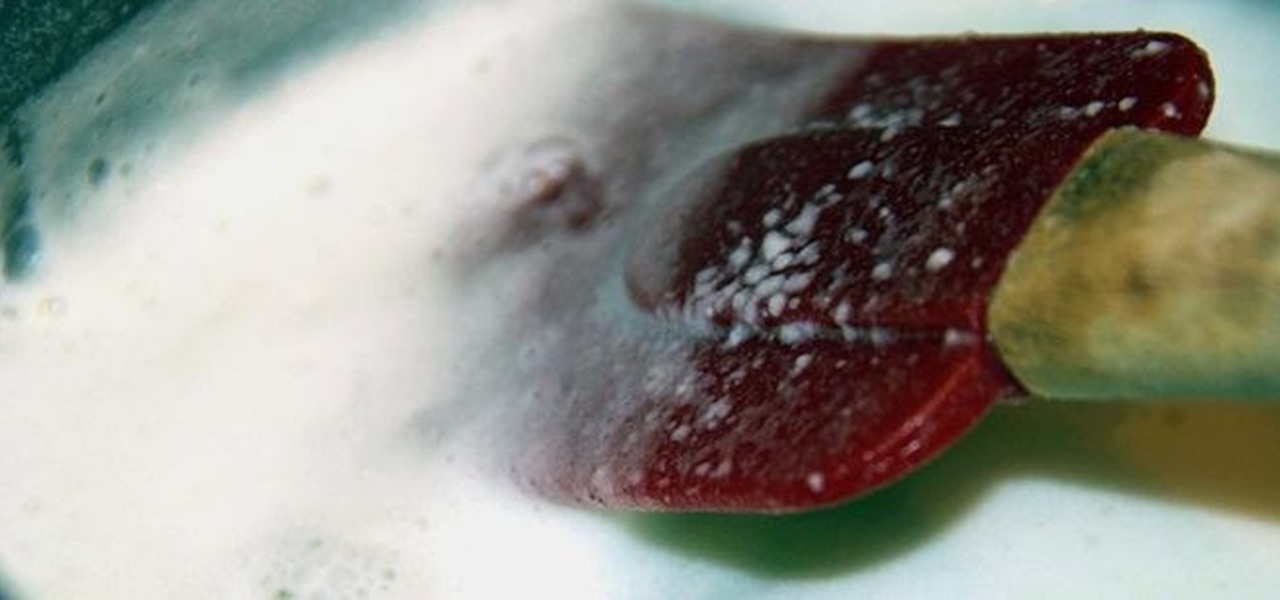
How To: Turn Milk into Strong Natural Glue with Baking Soda and Vinegar
You can do all kinds of unexpected things with milk, like make your own pore strips and invisible ink, or even get rid of red wine stains with it. But did you know that you can also use it to make your own glue?

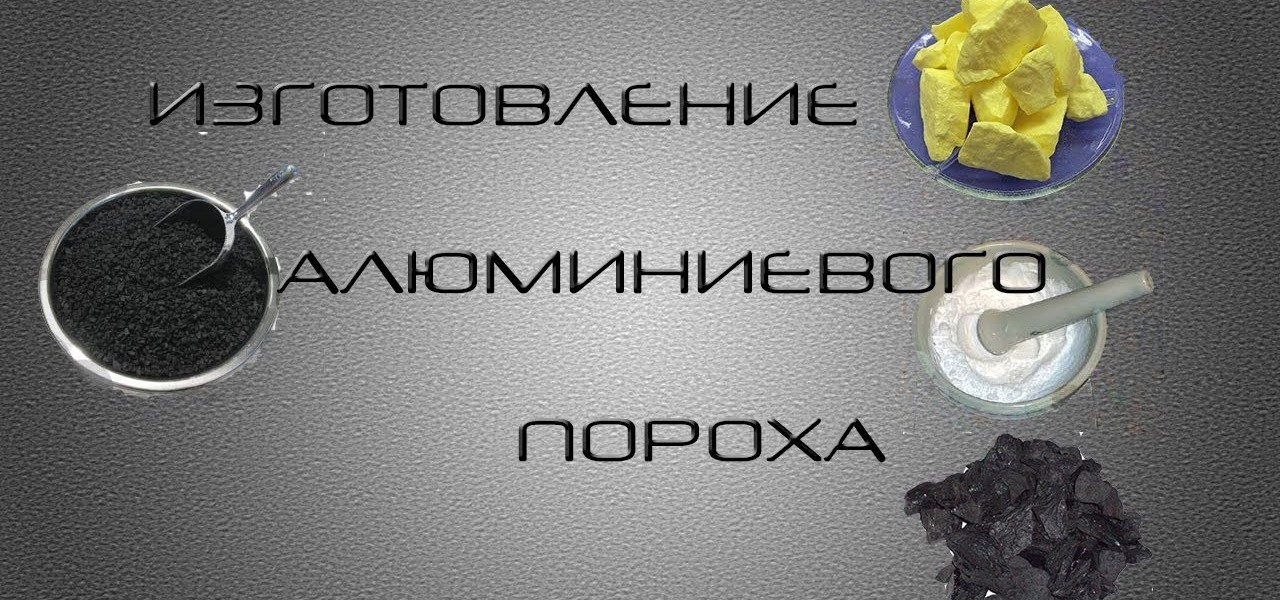
News: How to Make Aluminium Powder
Video: .

News: How to Make Easy Star Mine
Video: .

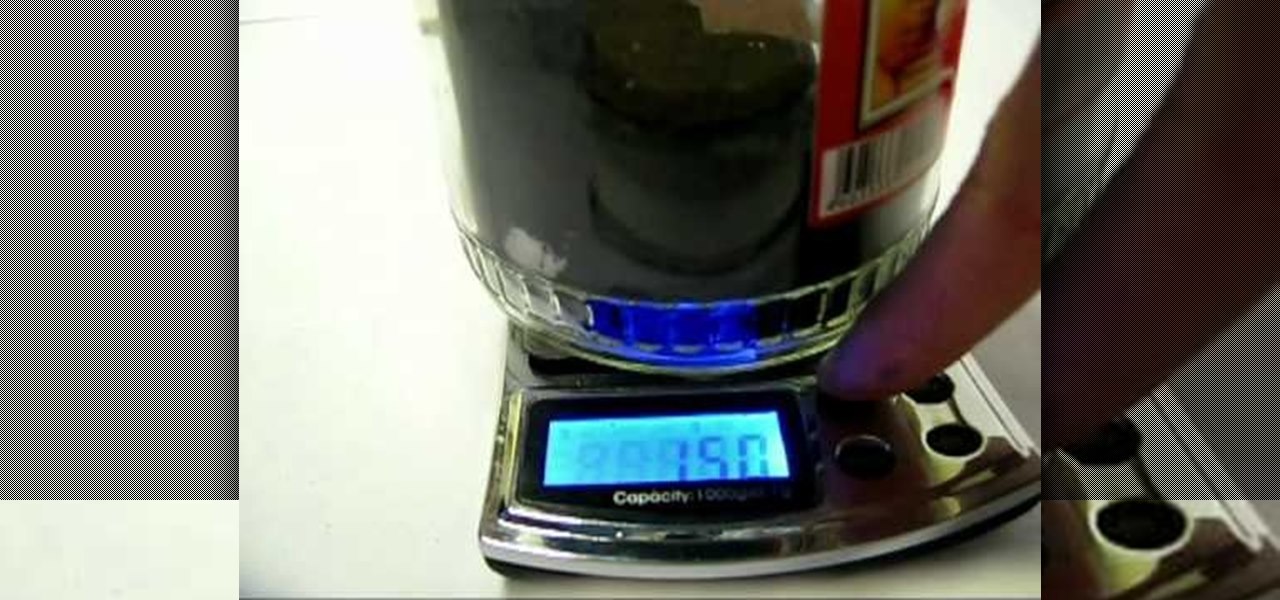

News: The Burning of Magnesium (HD)
Video: .
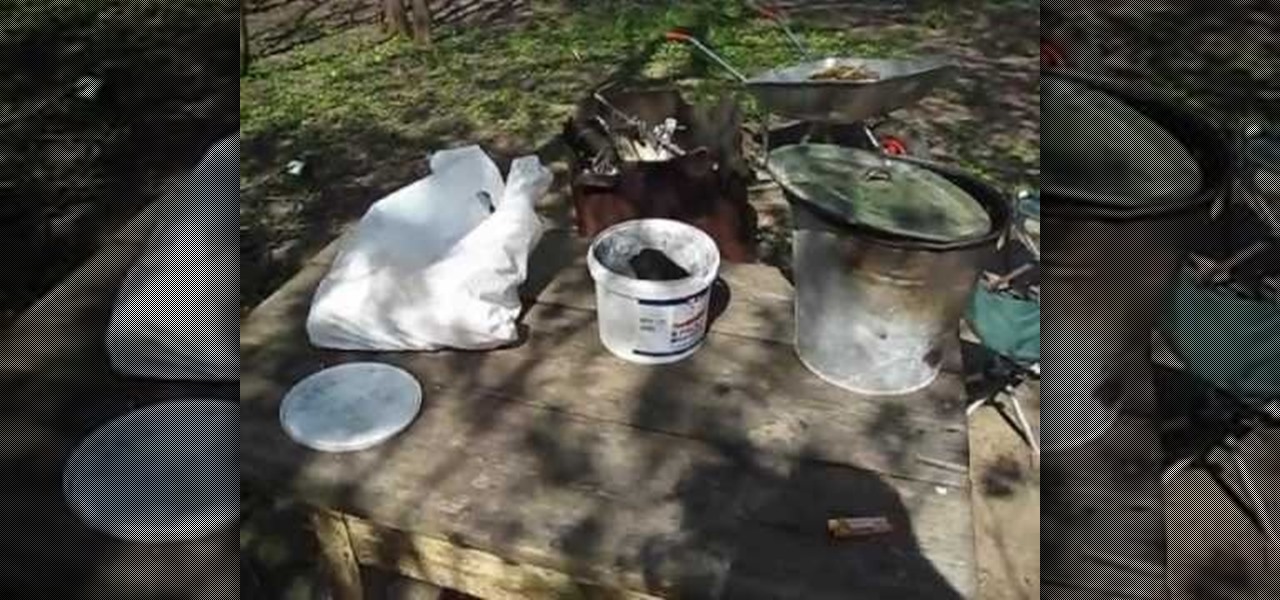
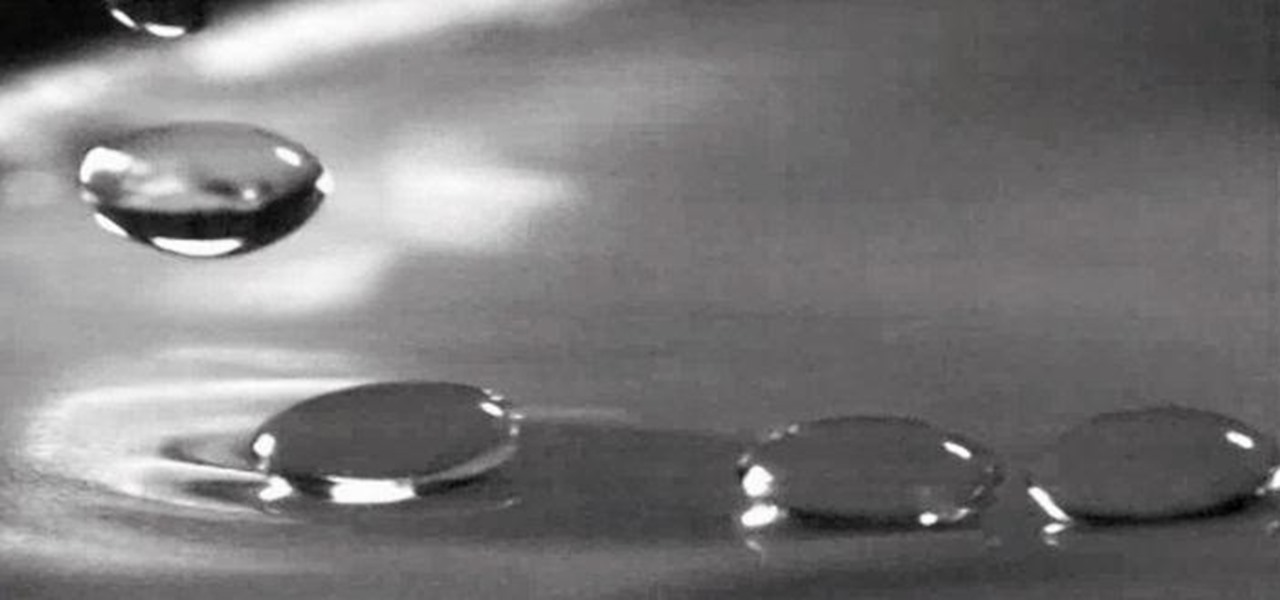
How To: Make Water Droplets "Levitate" on Water (Using Vibrations)
You can take some really awesome photos of water droplets if you've got a fast enough camera (and flash), but water drops aren't just spectacular as photographic subjects—you can also make them a part of the photographic process by using a water drop as a DIY projection microscope and even a macro lens for your iPhone. But as useful as a water drop can be, it's still way cooler when they're in front of the camera (as the subject). Recently, researchers from the National Autonomous University ...
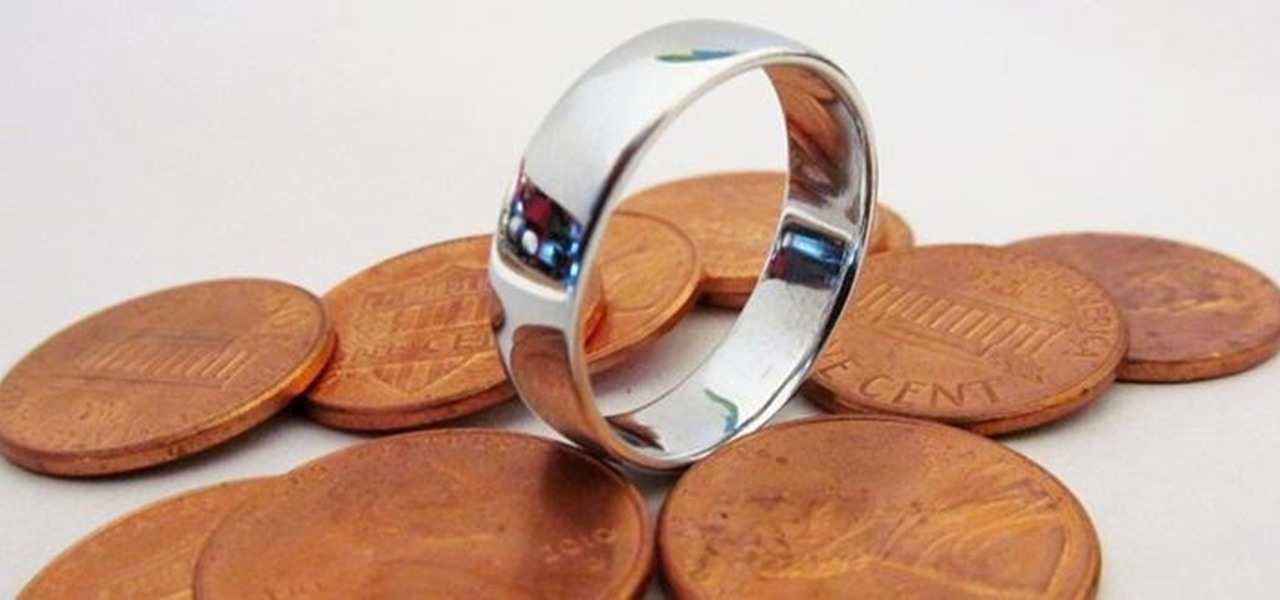
How To: Smelt Your Loose Change into Well-Fitting Penny Rings
Did you know that the average cost to make a penny is about 2.4 cents?!? That's why the Obama administration asked Congress earlier this year for permission to change the metals in the penny, hoping to get the cost back down where it makes sense.

How To: Launch a Camera into Space (On a Shoestring Budget)
Earlier this month, Adam Cudworth, 19, launched a camera attached to a weather balloon into the edge of space. Battling tough winds, freezing temperatures, atmospheric pressure and tumbling speeds, the teenager from Worcestershire, England was able to capture these amazing pictures of the Earth's upper stratosphere. How to Send a Camera into Space
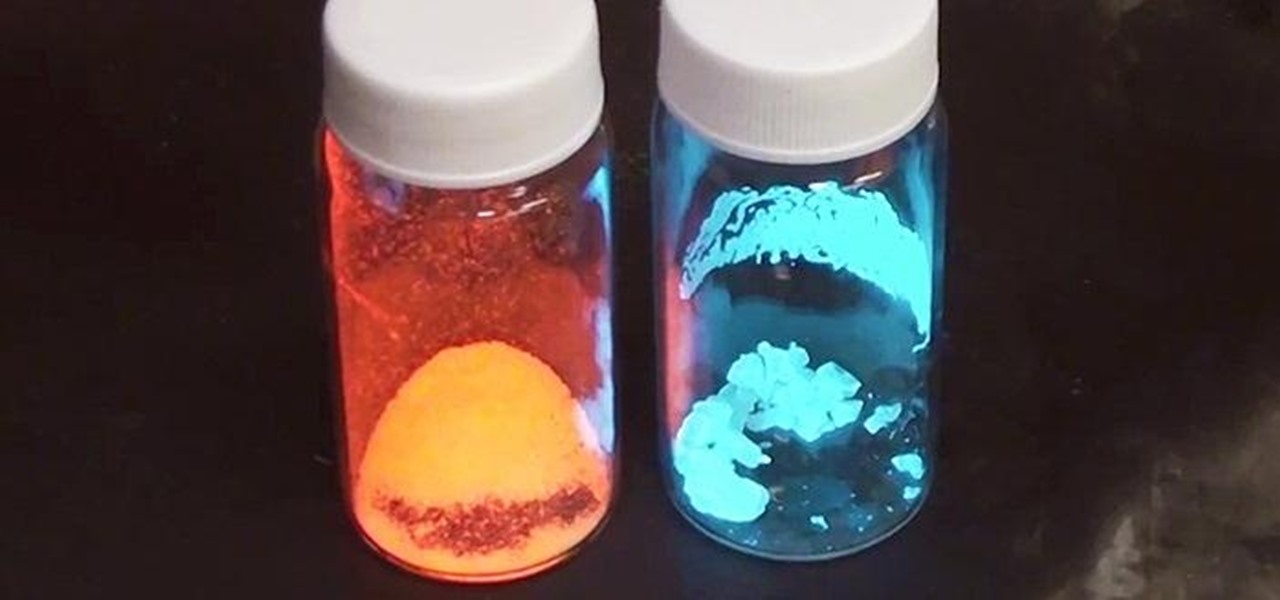
How To: Make Trippy Triboluminescent Crystals That Glow Red or Blue When You Smash Them
If you're a Breaking Bad junkie who can't wait for the next episode, satisfy your craving with a little at-home chemistry and make some blue DIY smash-glow crystals! No, this is not Walter White's so-called "Big Sky" or even the subpar cringe-worthy product of his competitors. It's not even the same kind of crystals, otherwise you wouldn't be reading this. This is totally legal, even kid-friendly if you play it safe, though it actually requires more safety precautions than the potassium nitra...
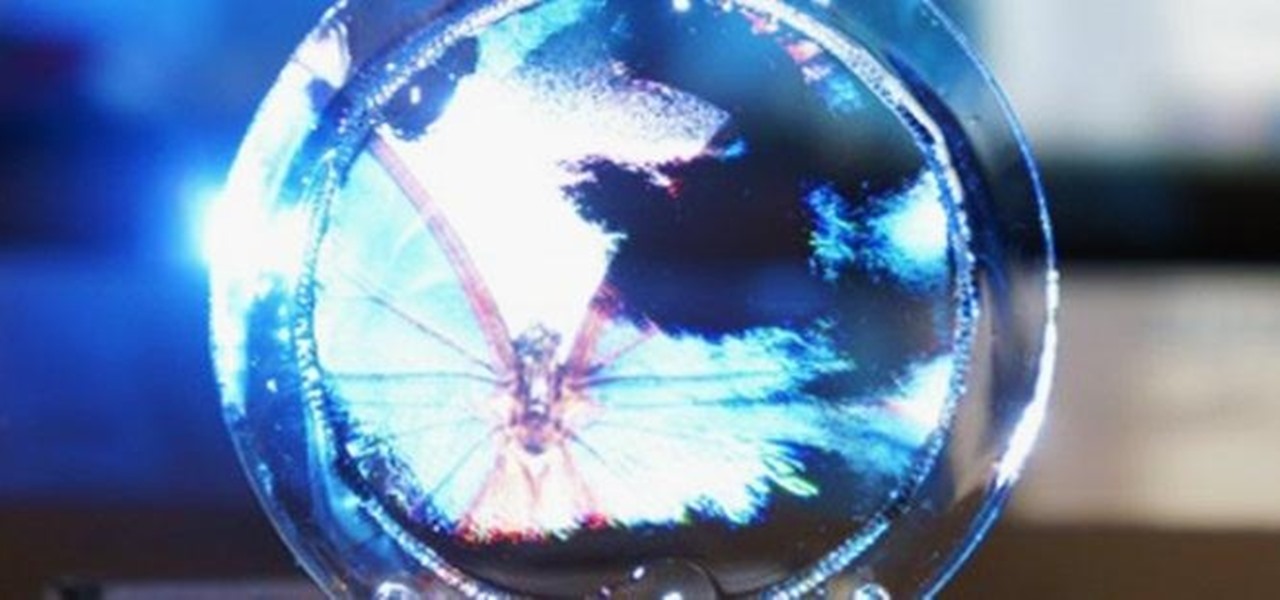
News: Colloidal Display Turns Soapy Bubbles into a Transparent 3D Projection Screen
We've all played with bubbles as kids, but I think most would agree that they're not exactly the most functional of objects. An international team of researchers made up of Yoichi Ochiai, Alexis Oyama and Keisuke Toyoshima wants to change that. They've figured out how to project both 2D and 3D images onto a micro membrane (soap bubble) using ultrasonic sound waves and a standard projector. The bubble is made of a solution of sugar, glycerin, soap, surfactant, water and milk. The glycerin and ...
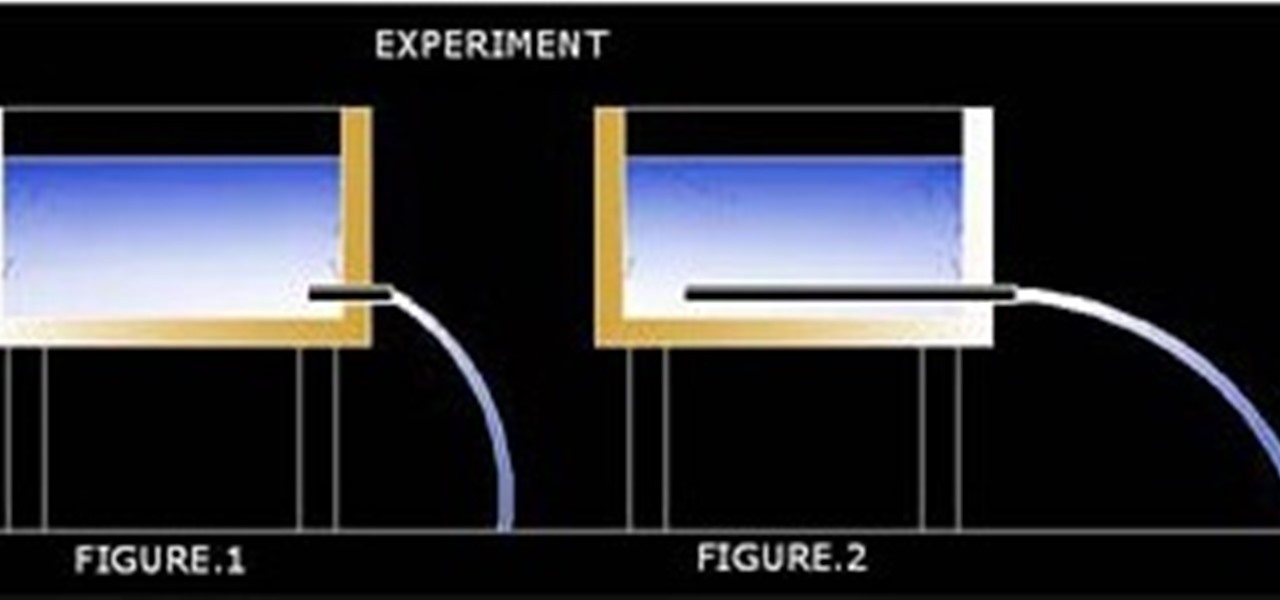
How To: Improve Water Head
An experiment was carried out at our laborataries to investigate the flow through two pipes of same diameter fitted at the same height from water level inside of a water tank as shown. It is found the longer pipe line inside the water tank generates a higher speed resulting more powerfull flow. Flow in this pressure pipe develops due to gravitational accelaration on a horizontally flowing water column also, when it is an enclosed stream of flow. If this length is short it is not possible to d...

How To: Launch a Cork Rocket with an Ultraviolet LED Flashlight
Science is most marvelous when it's creating an explosion, even at the tiniest of proportions. In the video below, Daniel Rosenberg from Harvard's Natural Science Lecture Demonstration Services reveals the secret to shooting a cork rocket over twenty meters using a little chemistry and an ultraviolet LED light. Rosenberg, who's a research assistant and lecturer for the Natural Science division at Harvard, demonstrates what happens when hydrogen and chlorine are explosively "burned" together t...

News: Surviving the Zombie Apocalypse: Neuroscience Reveals the Secrets for Living with the Undead
A couple months ago, the world was supposed to end. It didn't. But that didn't stop the Centers for Disease Control and Prevention (CDC) from warning citizens of one global possibility besides complete destruction—ZOMBIES. They used the farcical flesh-eating living dead as an excuse to teach you about the necessity of real-life emergency planning.

News: Magnetic Powder Turns Silly Putty into Freakish Magnet-Hungry Blob
It's best known as a children's toy, but kids aren't the only ones who can appreciate the unique and marvelous properties of Silly Putty. It's an incredibly fun silicone polymer that almost seems like a scientific anomaly, thanks to its viscoelastic non-Newtonian flow. This amazing dilatant fluid can be stretched, torn and mashed back together, as well as bounce and shatter into pieces with a forceful blow.

News: Danes One Step Closer to DIY Suborbital Spaceflight
They've been at it for a few years now, but the crazy group of amateur rocket scientists who call themselves Copenhagen Suborbitals have triumphed over adversity, successfully launching their DIY rocket nearly 2 miles into the sky last Friday. The privately funded, non-profit aims to one day send human beings into suborbital space on the cheap, without the need of government budgets and administration.
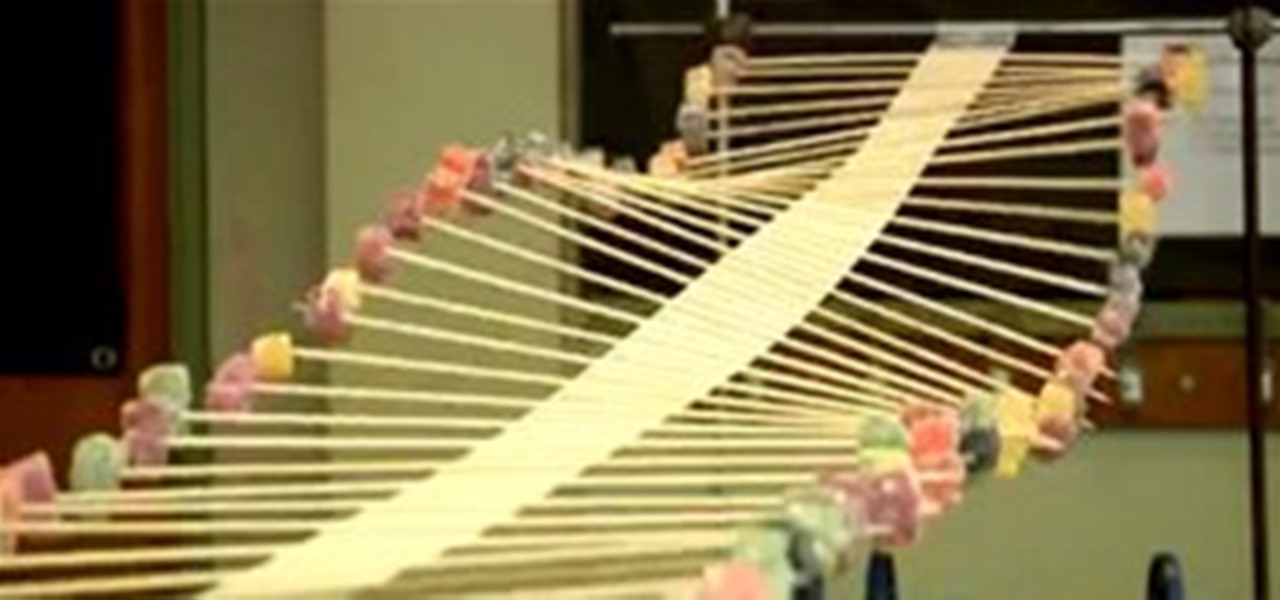
News: Build Your Own Oscillating Wave Machine
Transverse wave motion is the beautiful rippling effect that occurs when a moving wave causes oscillations that travel perpendicular to the direction of energy transferred. (For example, via Wikipedia: "If a transverse wave is moving in the positive x-direction, its oscillations are in up and down directions that lie in the y–z plane.")

News: Dissecting a Human Head Through Anatomical Illustrations
Human anatomy is something every physician must undergo as a medical student. Some move on to become great doctors, some move on to become great artists, helping to better educate students and improve upon many illustrated representations of the human body since the days of medieval medicine. But thankfully, you don't have to be in the medical profession to enjoy the beautiful art of the human body created for teaching purposes.

Neuro-Fashion: Wiggling Cat Ears with Brainwaves
While most people go to great lengths to conceal their emotions, Japanese company Neurowear is offering a product that would reveal states of tension, excitement and relaxation—all by the up-and-down motion of a pair of cartoony cat ears. Necomimi is a "new communication tool that augments human’s body and ability." The device reads your brain waves and communicates your emotions before you even open your mouth:

DIY Plastination: Turning Dead Animals Into Science-Jerky
If you found the world renown Body Worlds exhibition gnarly and perverse, perhaps you'll find this latest parade of plastination a little less so—considering we don't share the same DNA as these specimens of jerky-in-the-name-of-science. The Koerperwelten der Tiere—or Animal Body Worlds–doesn't showcase preserved corporal matter, but rather 20 odd plastinated mammals, currently on display at the Cologne Zoo in Cologne, Germany.

Printable Tactile Astronomy: How to "See" Outer Space if You're Blind
Have you ever felt the desire to reach out and touch a galaxy? Or "feel" those stunning nebulas and planets you see in Hubble photos? As alluring as it sounds, it's safe to say the odds of your whim coming true are nonexistent. You'd have to travel about 6 earth years and spend millions of dollars building your own personal spacecraft to get close enough to actually wave your hand through one of Saturn's rings. But in an attempt to help the blind "see" what they're missing, some semblance of ...
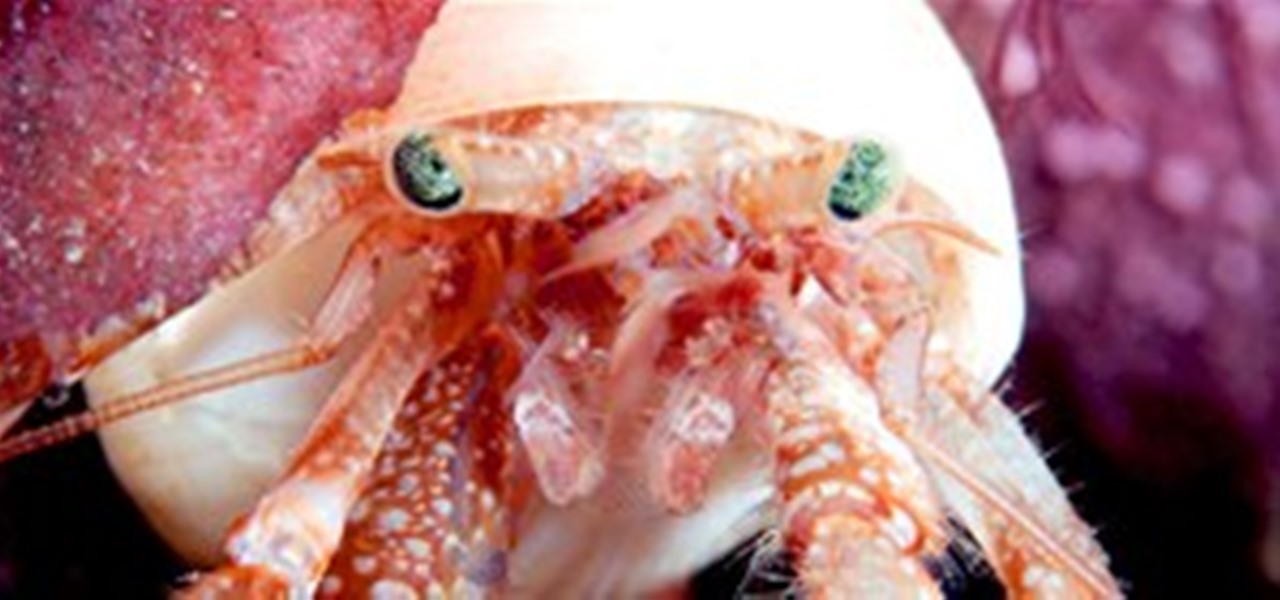
Breathtaking Undersea Aliens: Interview with Deep Sea Photographer Alexander Semenov
In recent years, Russian marine biologist Alexander Semenov has built a stunningly beautiful collection of deep sea photography, capturing alien creatures only locatable in the hostile, icy depths of the far northern sea off the coast of Russia.
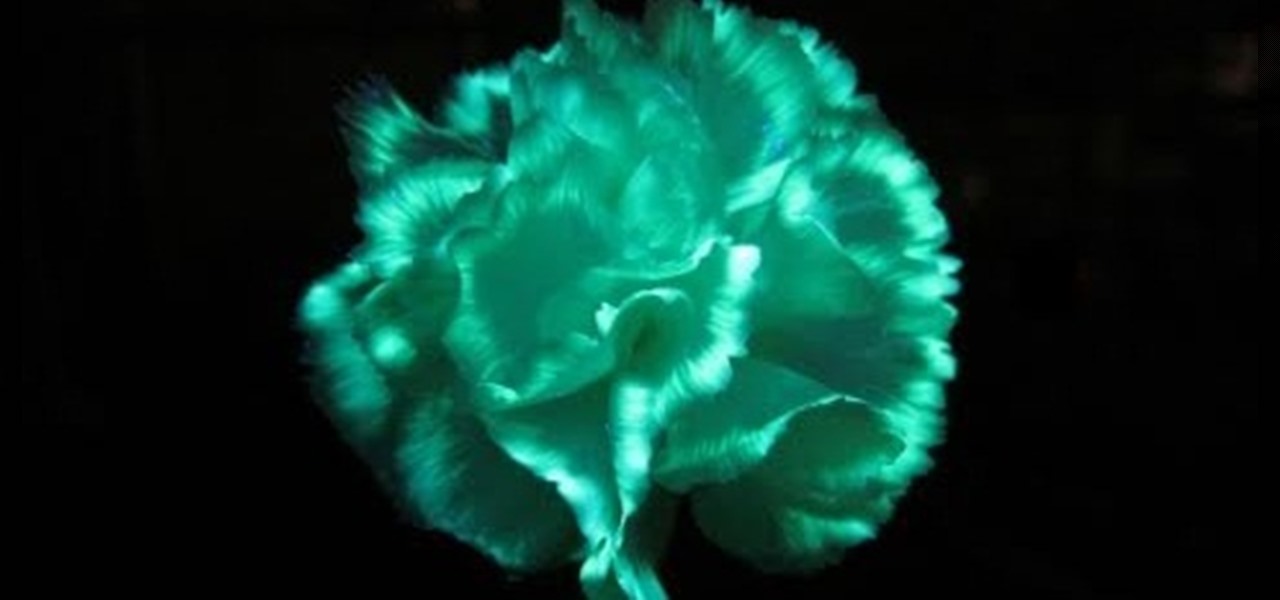
How To: Make flowers glow in the dark with a fluorescent highlighter
Are you looking for some fun party decorations, or a neat gift idea? You can make beautiful glow in the dark flowers, using nothing more than a standard fluorescent highlighter and ultra violet light. After you watch this video, you will be able to amaze your friends by making flowers glow in the dark!

News: Scientists Grow World's First DIY Eyeball
DIY is a far-reaching term—though culturally it tends to refer to hacks, mods, crafts and constructions, its meaning can also extend to the ongoing trials and tribulations of the evolution of mankind: astonishing developments in technology, desperate acts of self-preservation or as in today's topic, discoveries in science that truly move the needle.

DIY Anthropology: International Obscura Day this Saturday. Go Wild.
Calling all curious minds—scientists, anthropologists, relentless tourists: Saturday, April 9th, is International Obscura Day, the day to "explore hidden treasures in your hometown," or so says Atlas Obscura, a website dedicated to public curiosities and esoterica. If you're the kind of person who appreciates public oddities every day of the year, tomorrow is icing on the cake. Celebrate Obscura Day in one of hundreds of locales—from Los Angeles to Sydney, from Berlin to Manila.
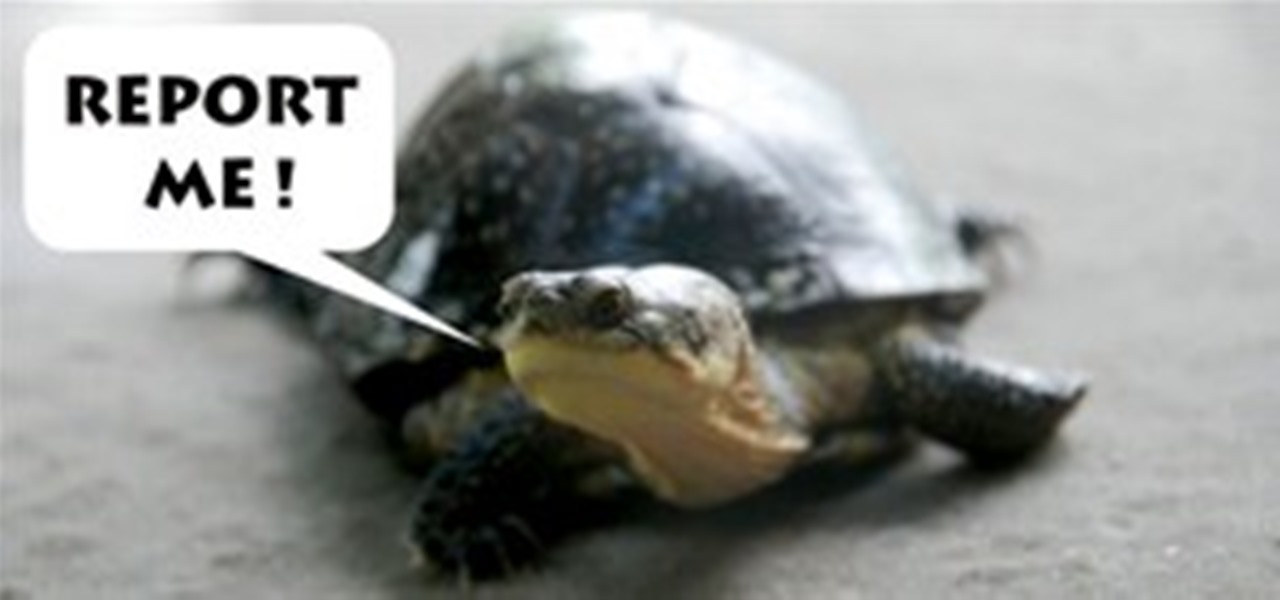
News: Do Real Science. No Degree Required.
What's the next best thing to being an official scientist? Being a non-official one. A new website called Science for Citizens helps you find the science experiment of your dreams, hook up with the scientists involved, and actually take part in the experiment itself. Here are some examples of what you can do:
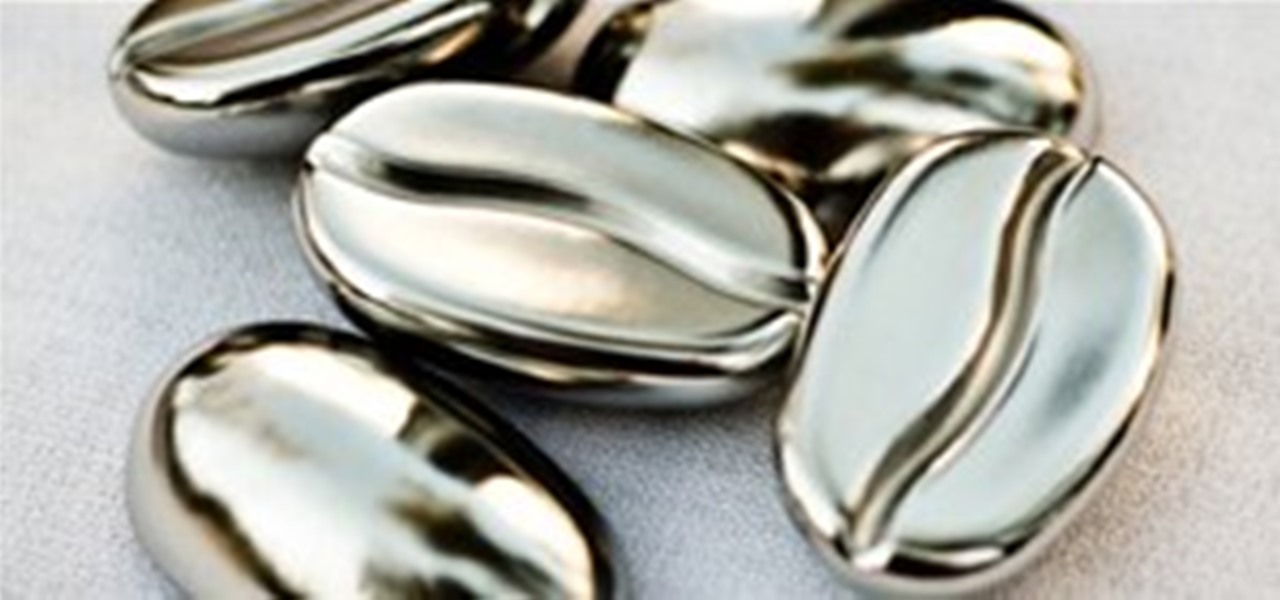
Invention of the Day: Magical Beans Keep Your Coffee Warm for Hours
These magical beans can keep your coffee hot for hours. Not blazing hot, burn your tongue on the first sip, and not disappointingly lukewarm, but coffee fit for every baby bear—just right. Genius.

News: Legion of Creepy Geminoids Hang Out Face-to-Face with Their Human Dopplegangers
What would it be like to have a super-realistic humanoid modeled after you...and then come face-to-face with the moving, life-like version of yourself... Creepy? To say the least.
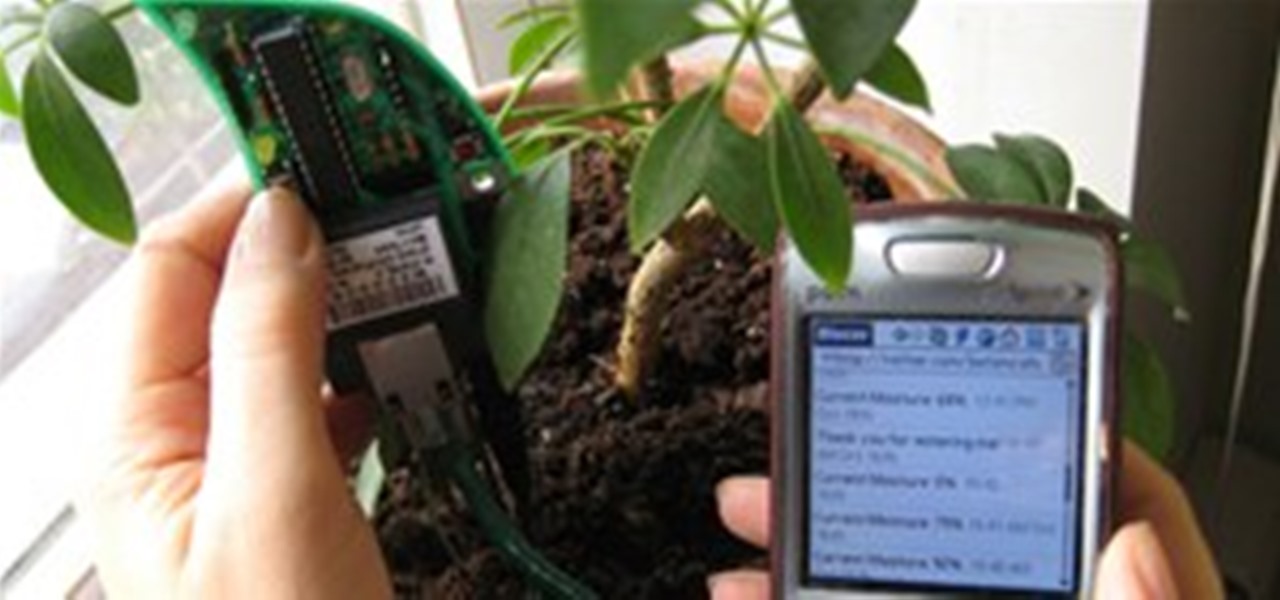
News: Thirsty Plants Text for Water
Can't remember when to water the plants? Wish they could just tell you when they need watering—just call you on the phone or something? Or maybe text you, "Help I'm desiccating!" Telecommunications researcher Kate Harman has come up with the device of an absent-minded plant owner's dreams—Botanicalls. It hooks up to your plant and sends you a short text message when the plant is too dry. Each kit costs $99 and includes metal sensors connected to a microcontroller. Insert the sensors into the ...
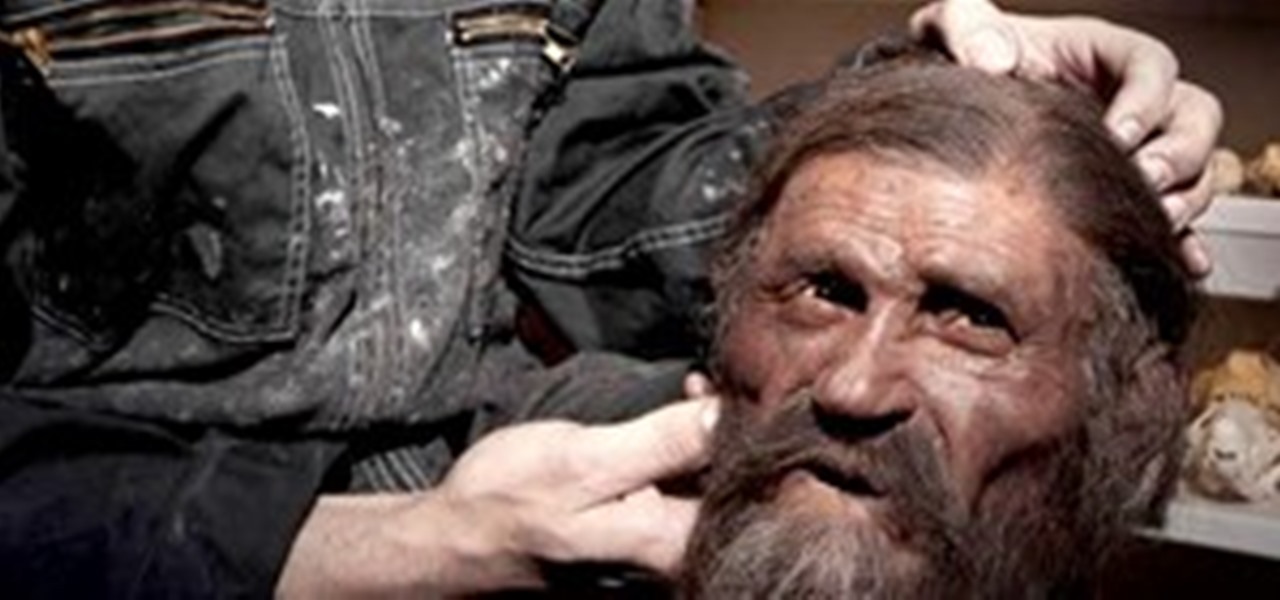
News: Creepy Facial Reconstruction of Iceman Mummy
It's tough to figure out what a mummy would have looked like when he was alive; soft tissue of a human body decays, even in ice. But, Dutch brothers Adrie and Alfons Kennis took the challenge. Using techniques that belong to both science and art, they managed to reconstruct the face and body of Otzi the Iceman, a mummy who was found in the Italian Alps in 1991.

How To: Play Music With Your Mind
Tired of getting calluses from incessantly strumming along to 'No Woman No Cry'? Just hook up to the brain-music system and use your brain power to play a tune instead. I'm not talking—humming along in your head. The machine, created by composer and computer-music specialist Eduardo Miranda of the University of Plymouth, UK, is composed of electrodes taped directly onto your skull that pick up tiny electrical impulses from neurons in your brain and translates them into musical rhythms on a co...

How To: Get Rid of All that Space Junk
How about a laser? One that is strong enough to nudge debris out of earth orbit. That's what NASA contractor James Mason wants to do, and his lab simulations suggest that the idea is possible. Mason wants to use a 5kW ground-based laser and a ground-based 1.5 meter telescope to spot potentially hazardous space waste and shove it off, by about 200 meters per day of lasering. It's kind-of like air traffic control for near earth orbit.

News: Bullet-Proof Silk Sheets
Enjoy rolling around at night in the sleek luster of silk? Also afraid of a mobster finding out you're rolling around with his cousin's wife? Solution: bullet-proof silk sheets. All you need is the strongest biomaterial ever found--Darwin's bark spider silk. So, grab a loom and start weaving.



